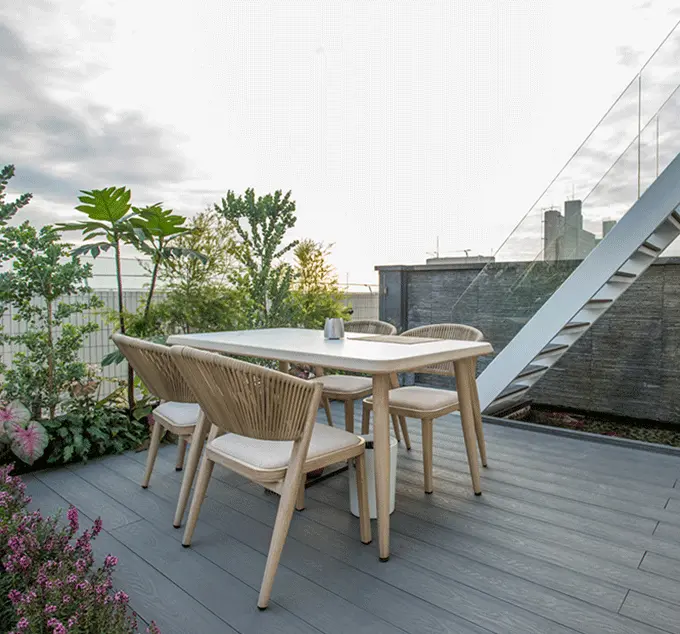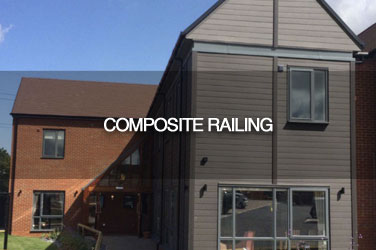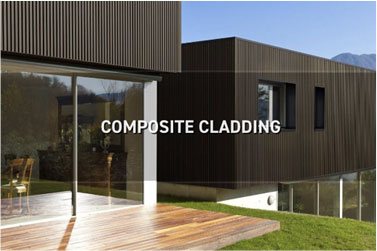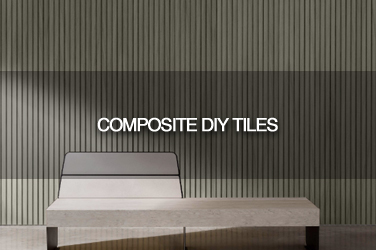WPC Board: Why is it Necessary to Install Keel?
The keel is the framework in the decoration foundation layer. It is a material used to support the shape and structure. The keel is the framework and substrate of theWPC board, and it is widely used.
When installing the keel, if the keel spacing is too wide, it will affect the weight distribution, leading to insufficient floor support, making it elastic and easy to sag. If the keel spacing is too narrow, it will be difficult to complete the floor installation. A sturdy and safe WPC board relies on the keel, and the WPC board is fixed on the keel's frame structure. The keel is used to connect and support the entire WPC board, and it can also help the floor to drain and maintain ventilation.
When installing the keel, wooden-plastic keels or solid wood keels should be chosen. If it is a suspended installation, galvanized metal square tubes should be selected for welding to ensure safety.
Classification of WPC Board Keels
Classified by Material:
Wooden Keel: Commonly known as wood square, mainly processed from tree species such as pine, basswood, and fir into rectangular or square wooden strips.
Light Steel Keel: Light steel keel is a building metal framework made of high-quality continuous hot-dip galvanized strip as raw material and formed by a cold-bending process.
Aluminum Alloy Keel: Aluminum alloy keel is an improvement on the iron sheet bake paint keel. Since aluminum does not rust or fade after oxidation treatment, the original iron sheet bake paint keel can rust, yellow, and peel off over time due to oxidation.
Wood-Plastic Keel: Formed by extrusion molding through a mold, different sizes and styles can be selected according to actual installation requirements, used for the installation of floors and wallboards, or as connectors for outdoor furniture. It can be distinguished as hollow or solid.
Classified by Usage Location
Ceiling Keel: Used as keel material for ceiling modeling.
Vertical Wall Keel: The keel close to the wall facade is the vertical wall keel.
Ground Keel: The keel fixed on the ground is the ground keel.
Hanging Keel: A kind of keel material used for connecting objects.
Functions of WPC Board Keel
The ground itself needs leveling, and the keel can improve the leveling degree during the installation. The ground leveling alone is not as level as the keels.
WPC boards need ventilation and drainage, which can improve the usability of WPC boards and avoid mold problems caused by water accumulation. It also ensures a clean outdoor home environment.
Wood-plastic boards need keels to help with bearing weight. Many outdoor areas require solutions for large-scale load-bearing requirements. The floor alone is not enough to maintain this effect for long without the aid of keels.
Many outdoor landscapes emphasize step-by-step and spatial layouts. Installing keels can help designers improve the layout effects they need, providing better feedback to the design drawings.







